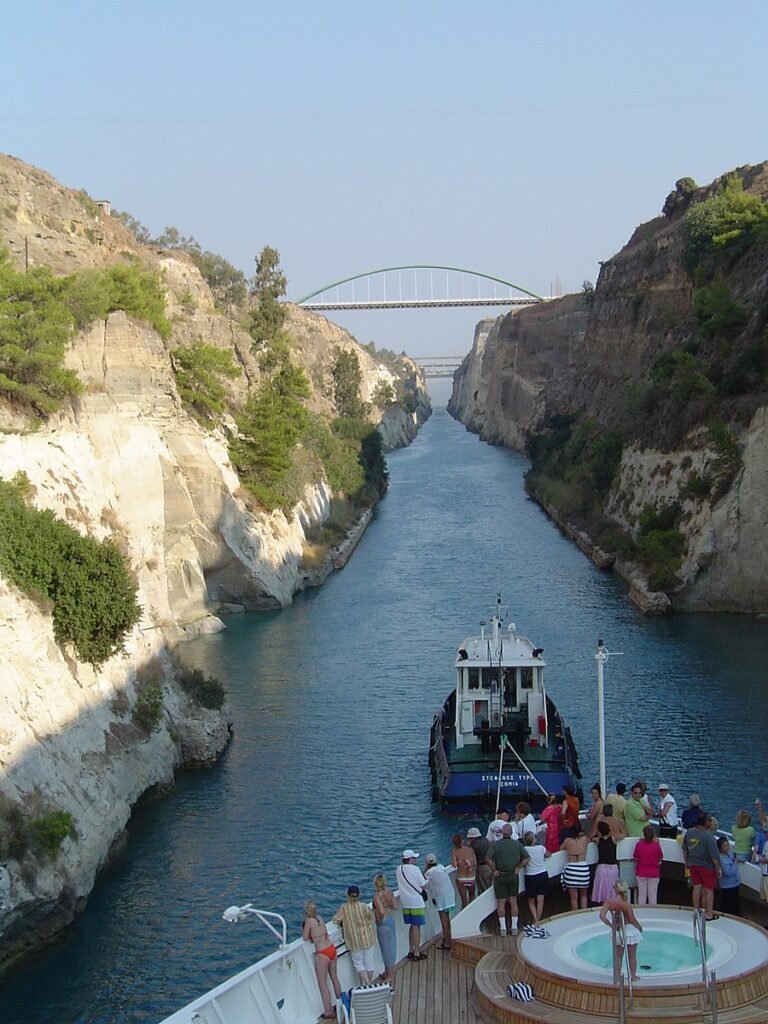Greek authorities have announced the reopening of the Corinth Canal for the summer period, allowing marine traffic to pass between the Gulf of Corinth and the Saronic Gulf until September. The reopening follows the completion of the second phase of restoration work, which addressed the landslides that occurred in November 2020, as well as in January and February 2021.

The canal will operate during the summer months, and from October 1, the works will enter the final stage, with the aim of returning to normal 24-hour operation by February 2024. The closure of the canal due to landslides in the past has had significant negative impacts on transport and tourism in Greece.
The Corinth Canal Company emphasized the importance of the canal’s operation, highlighting its crucial role in maritime traffic, tourism growth, and the development of the surrounding area. Last year, the canal recorded its best performance in the last twenty years, with 6,001 vessels from seventy different countries navigating through it.
The Corinth Canal, which opened on July 25, 1893, is a major infrastructure project in Greece. Before its construction, ships had to circumnavigate the Peloponnese to travel between the Ionian Sea and Athens or the Aegean islands. The canal is 6.4 kilometers (4 miles) long and 24.6 meters (80.7 feet) wide at sea level, posing navigation challenges for larger modern ships. Despite periodic closures for repairs and its narrowness, the canal has played a significant role in transforming maritime activity in Greece since its completion in 1893, albeit falling short of the expected traffic levels due to its limitations.











